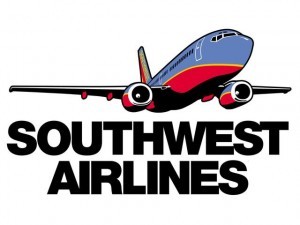
Thanksgiving and Christmas are two of the biggest holidays of the year.
Countless people anticipate the arrival of these holiday seasons every year, so they can travel out of town to enjoy the days with family and friends. And those arriving at the Memphis International Airport for either of the two holidays can look forward to enjoying a memorable experience.
The Memphis – Shelby County Airport Authority (MSCAA) has partnered with the Memphis Music Foundation (MMF) to welcome visitors to the Bluff City with some live musical entertainment.
“The airport is the first impression many people get of our city, whether as a final destination or changing planes,” MMF President Dean Deyo said in a press release. “We join other music cities that showcase their musicians in their airport. We are excited that the Airport Authority sees the value in this program too. We have also worked with the airport to provide recorded Memphis music 24 hours a day in the new parking facility.”
Live music performances will take place in Concourse B Rotunda, Concourse A (Southwest Airlines), and Concourse C (American Airlines, US Airways and United Airlines).
Here’s the performance schedule for the Thanksgiving holiday:
Friday, November 22
• Singa B (Soul) 11:30 am -1:00pm
• Faith Evans Ruch (Americana) 2:30-5:00pm
Tuesday, November 26
• Kate Bond Middle School Choir (Holiday music) 11:30 am -1:00pm
• Paul Taylor (roots rock) 2:30-5:00pm
Wednesday, November 27
• Cordova High School Chamber Singers (holiday music) 11:30 am -1:00pm
• Jason Freeman (rockabilly injected blues) 2:30-5:00pm
The performance schedule for the Christmas holiday hasn’t been announced yet.
Follow me on Twitter: @Lou4President
Friend me on Facebook: Louis Goggans
Visit my website: ahumblesoul.com


